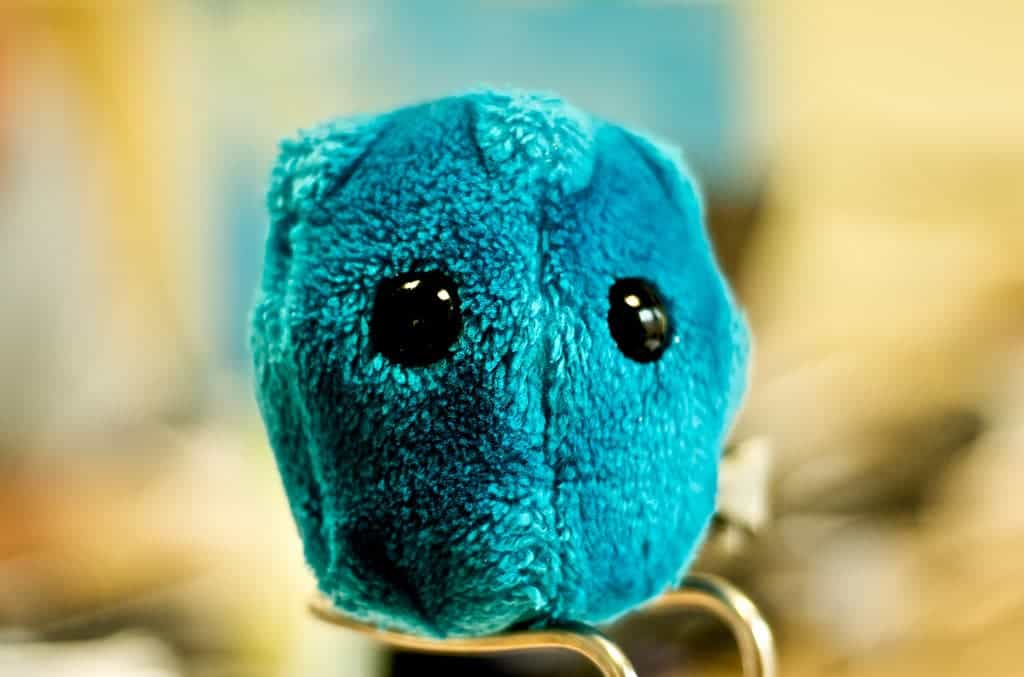Notoriously impervious to anything science has thrown at it sans chicken soup, the common cold may finally have found its match. An Austrian scientist has registered a patent for a vaccine against the disease. He hopes the cure will reach markets in less than a decade.

Image credits Patrick Quinn-Graham / Flickr.
The common cold is treated less like a disease nowadays and more as nuisance — you hope not to get it, and if you do you just wait two weeks for it to go away. Two horrible weeks of a runny, stuffy nose, aching head, and used tissues. You wait it out because there is no cure.
Maybe we don’t need to cure it, but prevent it. Rudolf Valenta, an Austrial allergy expert at the Medical University of Vienna, has spent decades working on exactly that, and has recently registered a patent for a common cold vaccine with the European Patent Registry.
Buff my immune system please
As Valenta explained for The Independent, the technology behind the product isn’t at all revolutionary. It’s based on the tried and true practice of getting our immune system to alter its response to the virus. The key is how it alters this response against rhinoviral infections — the overwhelming cause for common colds.
Working at the Vienna General Hospital in 2012, Valenta and colleagues examined 59 young patient’s response to rhinovirus infections. They found that the human immune system fights the viruses by attempting to stick antibodies on them — which then act as beacons for white blood cells to come in and murder the things. Its main strategy is to go for the virus’ genetic material by breaking the outer shell. The problem is that our immune system is laughably bad at this.
First off, the areas these antibodies attach onto (called epitopes) only becomes exposed once the virus’ outer shell is peeled away. The second problem is that the epipope most antibodies are hell-bent on tying to is ‘non-neutralising’ — meaning that the antibodies don’t do anything here. And thirdly, there are some 99 recorded strains of human rhinovirus (so there are probably a lot more), and they’re all very good at mutating away from what our immune system is targeting at the time. So not only is our body effectively shooting nerf pellets at the wrong part of the target, but the target keeps moving.
All in all, we’re just really, really bad at fighting off colds naturally. Valenta’s vaccine teaches our immune system to go for the shell instead. This, he claims, solves the biggest issue with curing or preventing colds — the sheer variety of rhinoviruses.
“In addition to strain variability, which may prevent protection against rhinovirus infections, we propose misdirection of antibody responses against rhinovirus as a potential novel mechanism of how rhinovirus may escape protective immunity in humans,” the paper reads.
“We’ve taken pieces of the rhinovirus shell, the right pieces, and attached it to a carrier protein. It’s a very old principle, to refocus the antibody response,” Valenta told The Independent. “The diversity [of strains] is less of an issue than getting the right spot on the virus.”
The patent application lists more than 200 papers as a basis for the technology. There are also more than 12 co-authors alongside Valenta (the lead inventor of the vaccine) who have assisted in the vaccine’s development.
Based on our results, it should be possible to engineer vaccines that allow the redirecting of antibody responses against neutralising rhinovirus epitopes and to treat rhinovirus-related diseases, such as common cold and exacerbations of asthma and chronic obstructive pulmonary disease (COPD).
A grain of salt
Having a patent ready doesn’t mean that the vaccine will work. And if it does, it’s not a guarantee that it’s the best solution out there. Valenta is optimistic at this stage, but we’ll have to wait and see if the technology pays off. If the trials are successful, however, we could expect to see it on shelves in under a decade, he hopes.
“With the first protein we built, we have very good inhibition [of the disease] already. We believe that we are on a really good track with what we’re doing,” he told The Independent.
“If we get also the trial funded properly, it could be done between six to eight years. We know how to build the vaccines and get it to the clinic. This is really in reach.”
Until then, stack up on chicken soup.
The full paper “Misdirected antibody responses against an N-terminal epitope on human rhinovirus VP1 as explanation for recurrent RV infections” has been published in the journal FASEB.






